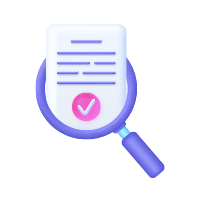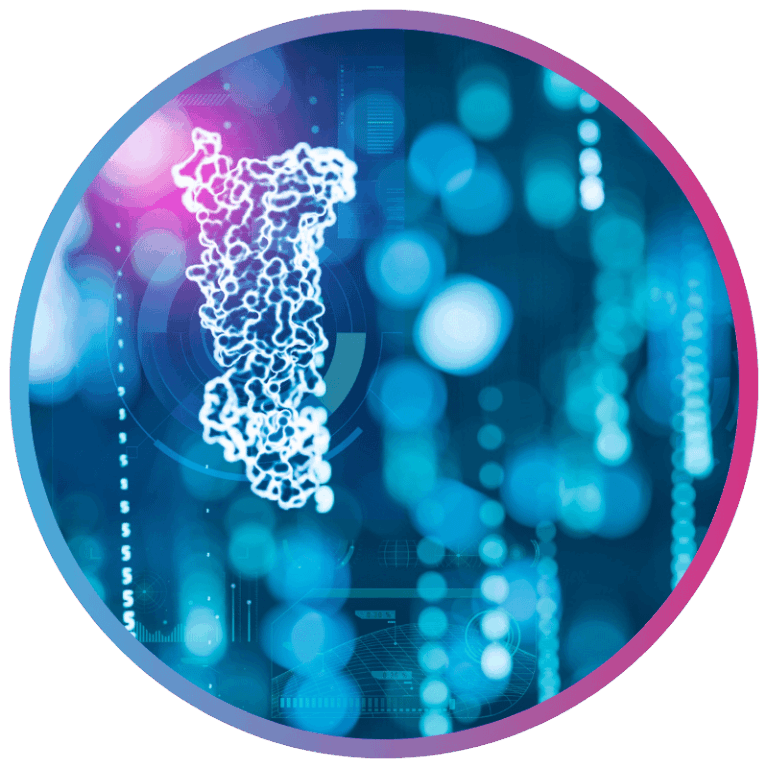Overview
The discovery and optimization of flavor compounds require a balance of innovation, accuracy, and speed. Excelra leveraged its expertise in computational biology and scientific informatics to design an AI-driven in silico screening pipeline that integrates large-scale data curation and predictive modeling. By combining curated datasets from public and proprietary sources with advanced AI/ML models, we enabled the client to identify compound–receptor pairs that could unlock novel taste and olfactory experiences in beverages. This comprehensive solution provided not only efficiency and cost savings but also mechanistic insights that accelerated the innovation cycle in a competitive market.

Our client
A beverage company based in the Asia-Pacific region, focusing on product innovation through scientific validation of flavor-related compounds and additives. Their teams emphasized robust data curation practices and relied on computational biology frameworks to validate discoveries, ensuring their products were backed by reproducible science.

Client’s challenge
The client faced the daunting task of evaluating more than 1,000 food additives and food-derived compounds for their interactions with olfactory and gustatory receptors. Traditional wet-lab methods were resource-intensive, time-consuming, and limited in scalability. Without a high-throughput approach, screening this large compound library while ensuring scientific rigor in receptor-specific interactions would slow down innovation and increase R&D costs.

Client’s goals
The primary objective was to accelerate preclinical screening by identifying high-confidence compound–receptor interactions. The client needed a scientifically validated, AI-powered framework that would provide mechanistic insights into taste and olfactory perception. They also sought to incorporate structured scientific informatics workflows and standardized data curation to minimize redundancies, reduce costs, and support evidence-driven decision-making in flavor innovation.
Our approach
Excelra implemented a data-driven, AI/ML-powered in silico screening strategy to evaluate compound activity against olfactory and gustatory receptors. The multi-stage methodology included:
Data Source Identification
- Collected compound–receptor interaction data from GOSTAR, PubChem, and ChEMBL, focusing on gustatory and olfactory receptors.
- Applied data curation techniques to ensure harmonized and reliable input datasets.
Data Collection, Gap Analysis, and Prioritization
- Developed a standardized lexicon for gustatory and olfactory receptors.
- Extracted structure–activity relationship (SAR) data.
- Normalized metadata across sources and performed exploratory analysis (e.g., assay type, binding data, structural diversity).
- Created a receptor–compound matrix to identify data gaps and prioritize pairs.
- Built a gold-standard training dataset for AI/ML model development through scientific informatics.
AI/ML Model Development
- Trained predictive models using the gold-standard dataset to identify active compounds from new libraries.
- Applied statistical techniques to select key descriptors preserved in the active datasets.
Library Screening and Novel Pair Prioritization
- Screened libraries of food additives and food-derived compounds to predict receptor binding using the AI/ML model.
- Compared predictions with existing in vitro/test data to validate results.
- Prioritized novel compound–receptor pairs for further study.
Flavor-Based Profiling
- Collected attributes (e.g., structure, shape, vaporization behaviour) for prioritized compounds.
- Annotated each compound with literature-backed taste and smell profiles (e.g., sweet, salty, fruity).
Mechanistic Interpretation
- Conducted literature mining to identify biological mechanisms behind prioritized compound–receptor interactions.
- Provided scientific rationale linking receptor binding to flavor perception and neural signal processing, powered by computational biology pipelines.
Our solution
Excelra delivered a comprehensive, AI-driven in silico screening framework tailored to the client’s needs in the competitive beverage landscape. By integrating computational biology, rigorous data curation, and scientific informatics, the client gained a scalable and reproducible platform to accelerate flavor discovery.
Key deliverables included:
- A refined shortlist of high-confidence compound–receptor interactions.
- Detailed mechanistic interpretations linking molecular binding events to sensory perception.
- Flavor-based annotations, correlating predicted activity with taste and smell profiles to guide
- formulation strategy.
- Improved regulatory and research readiness through structured scientific informatics workflows.

Conclusion
Excelra’s AI-powered in silico screening platform addressed critical R&D challenges in the beverage industry—namely, the need for speed, precision, and scientific rigor in identifying novel flavor-enhancing compounds. By reducing the initial pool of candidates by over 90%, the solution streamlined the discovery funnel, delivering a high-confidence set of receptor-targeted compounds primed for product innovation.
This approach led to:
- A 60% reduction in early-stage screening time.
- Approximately 40% in cost savings over traditional experimental workflows.
- Enhanced confidence in flavor development through integrated mechanistic insights and taste/smell profiling.
Ultimately, the client was equipped to make faster, evidence-based decisions, accelerating their innovation cycle while strengthening their scientific foundation. This success was powered by Excelra’s ability to merge computational biology, data curation, and scientific informatics into a unified discovery framework.
You can also explore a related case study: Structured and Analysis-Ready Data for AI/ML-based Drug Discovery.

